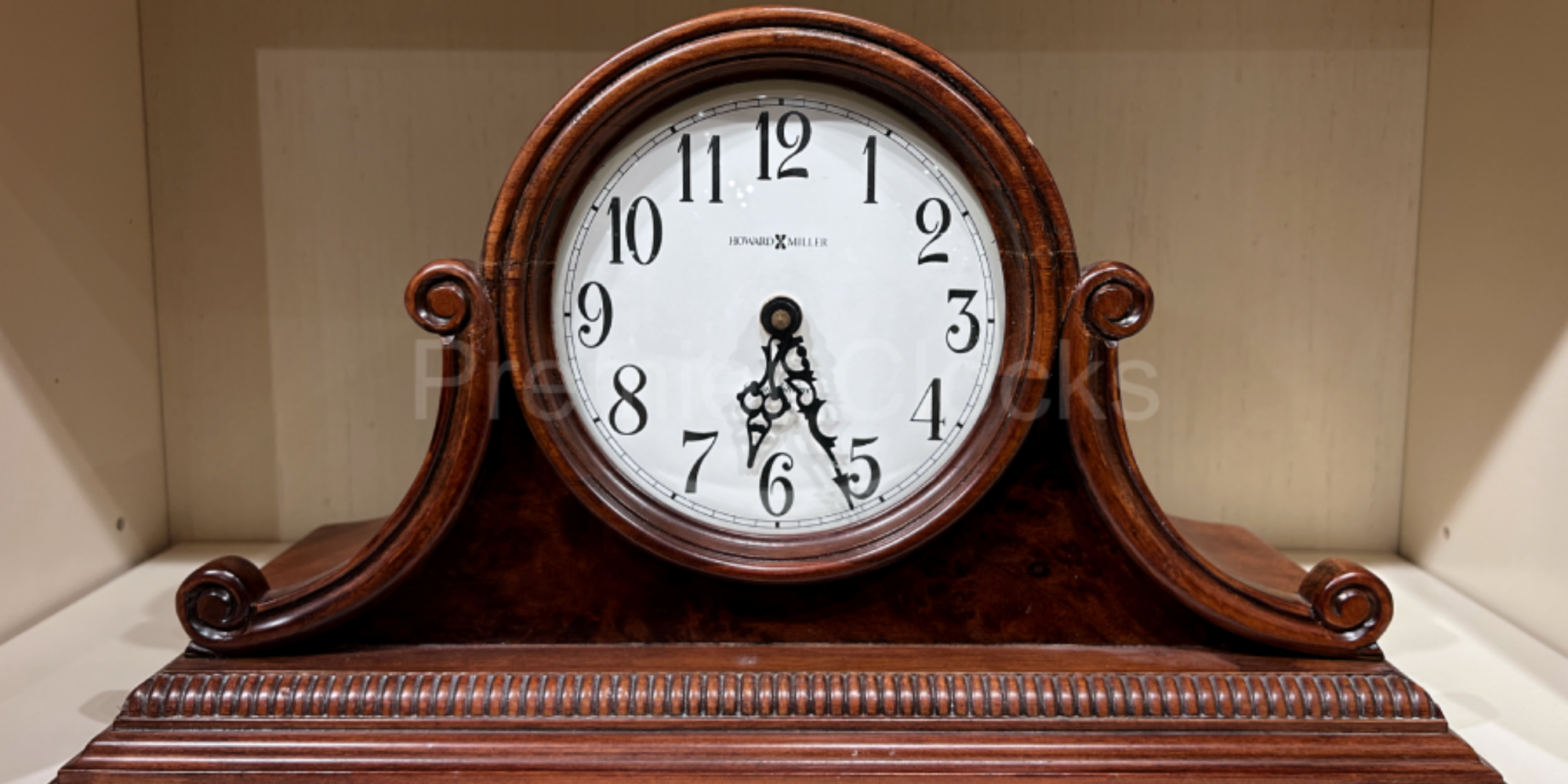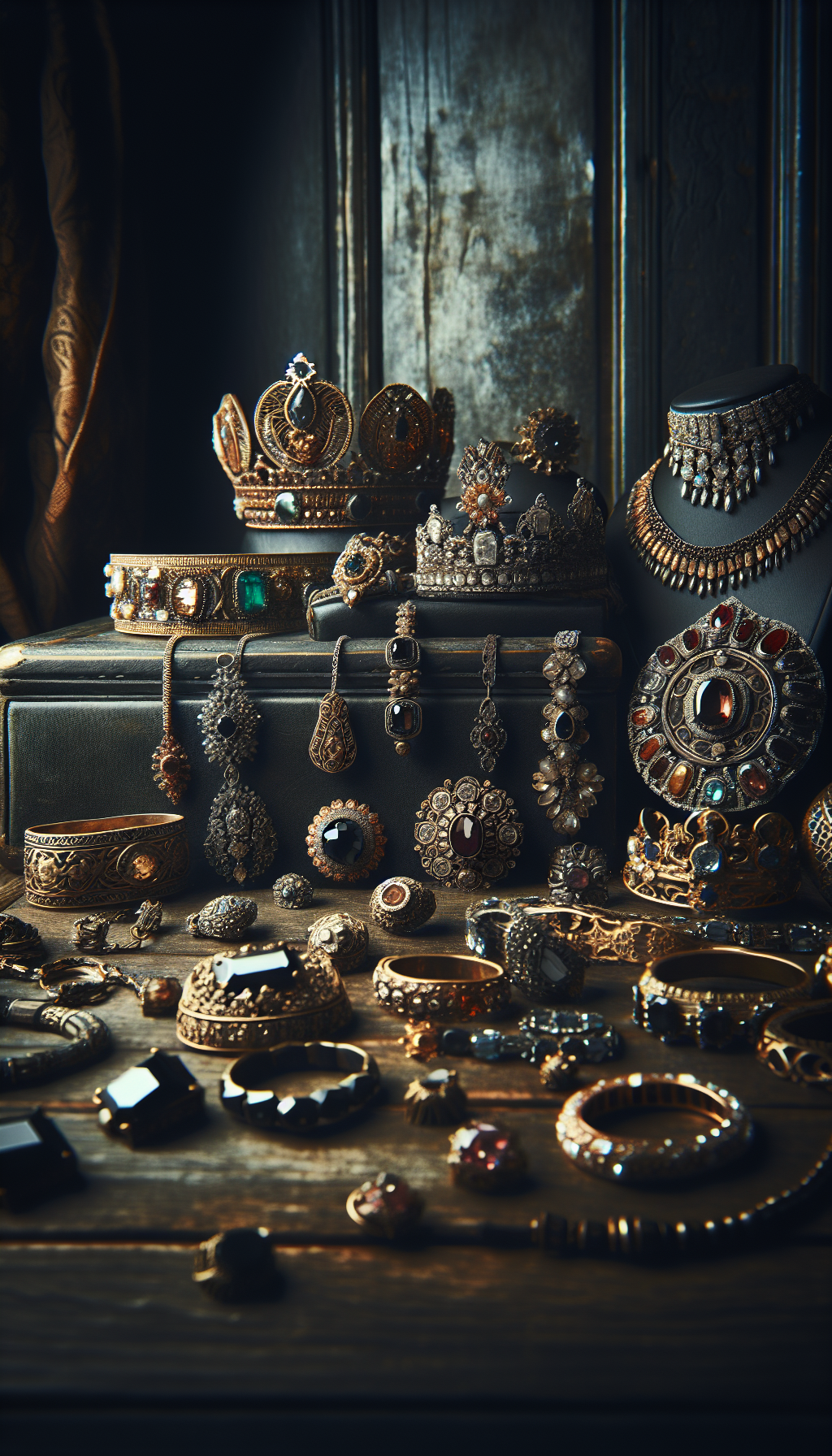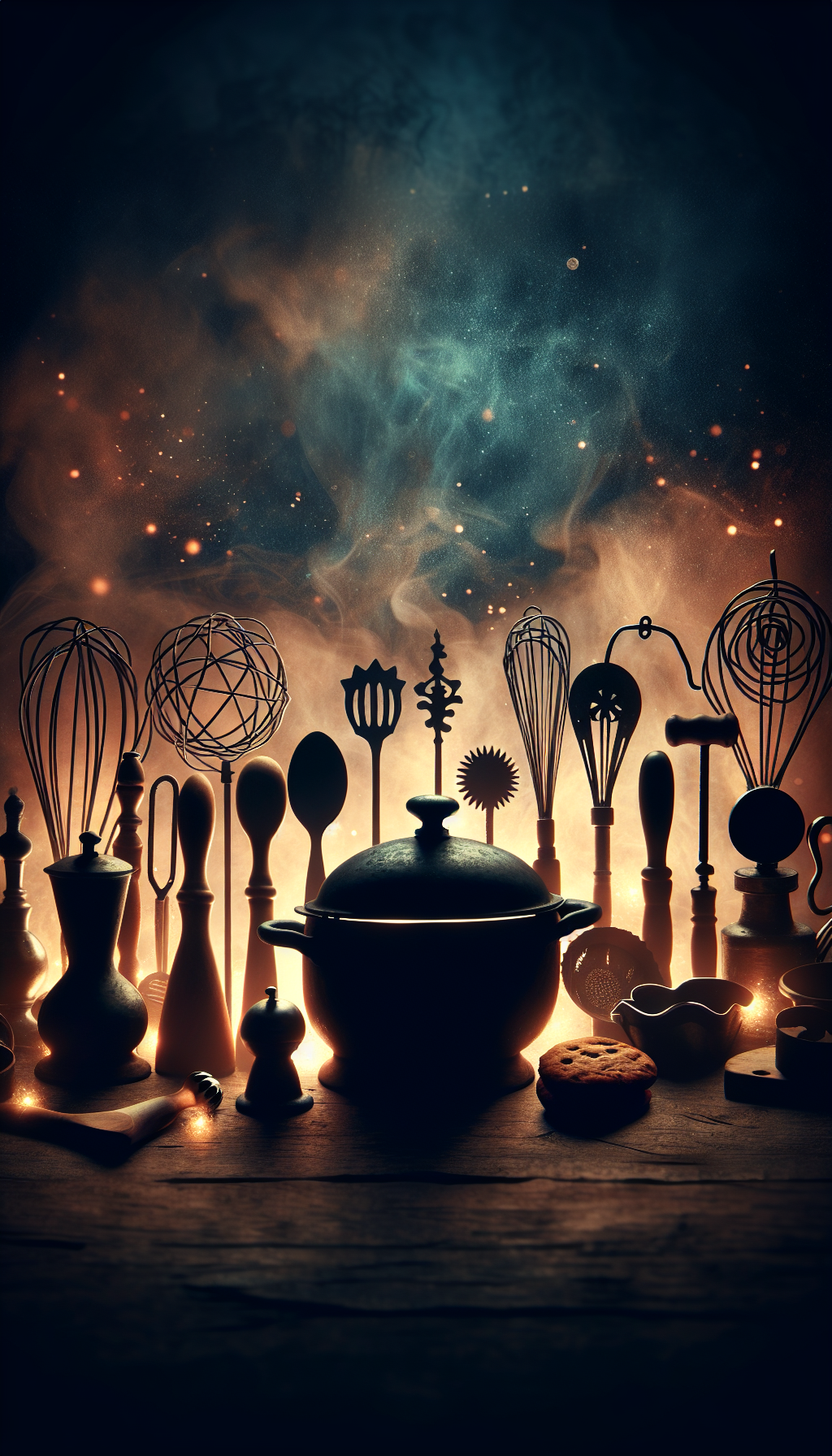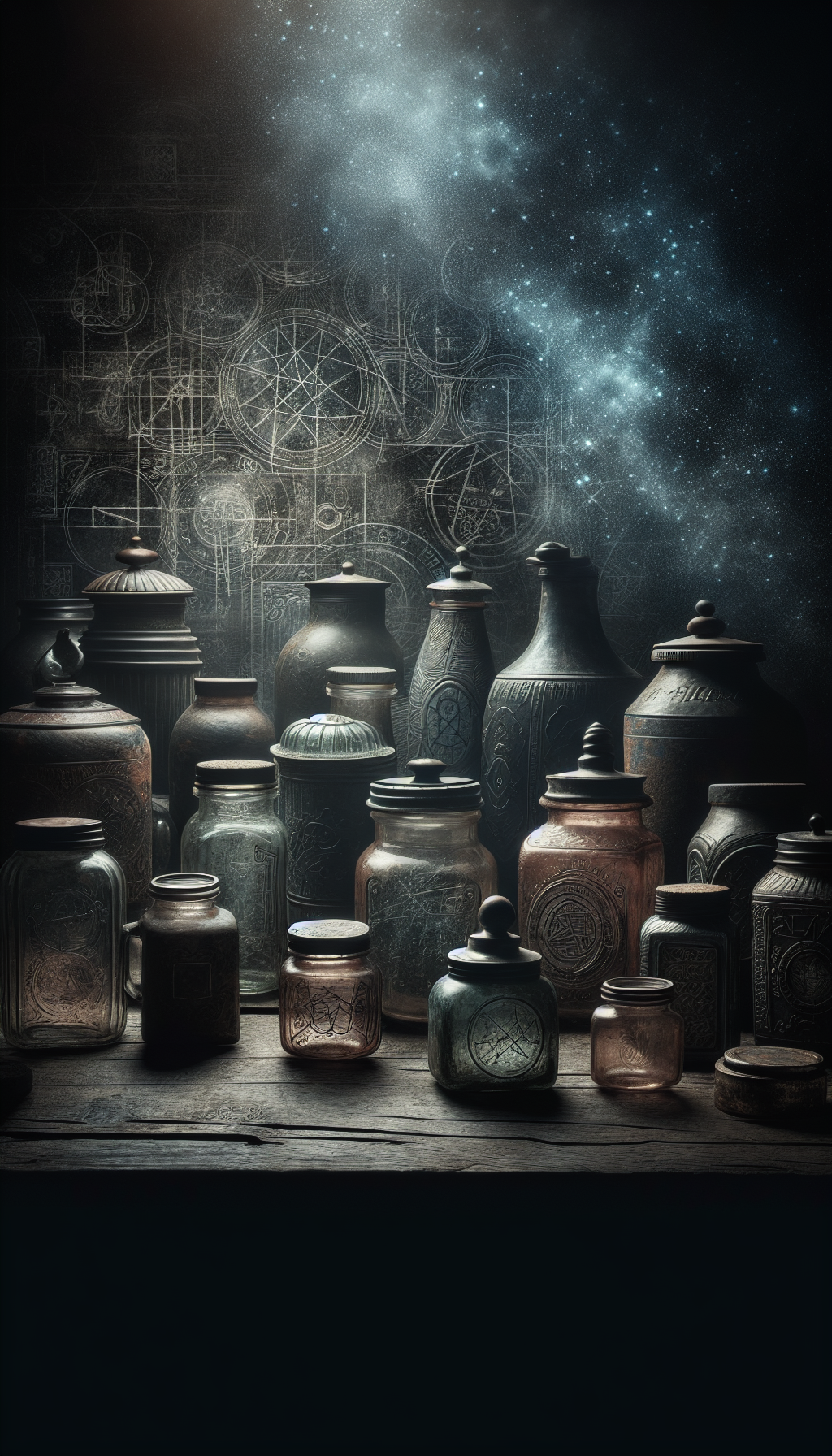Introduction to Rare Antique Mantel Clocks
Antique mantel clocks stand as timeless treasures that combine artistry, craftsmanship, and technological innovation. These elegant timepieces, designed to grace the mantelpiece of a fireplace, not only served a practical purpose but also functioned as decorative centerpieces in homes from the 18th through early 20th centuries. For collectors and enthusiasts, identifying rare and valuable examples presents an exciting but often challenging pursuit.
The Enduring Allure of Mantel Clocks
Before diving into identification techniques, it’s important to understand what qualifies as a genuine antique mantel clock. According to industry standards, a clock must be at least 100 years old to be considered truly antique. Pieces less than a century old but older than 20-30 years typically fall into the “vintage” category. This distinction matters significantly in terms of value and collectibility.
This comprehensive guide will walk you through the essential steps for identifying rare antique mantel clocks, from understanding maker’s marks and movements to recognizing period-specific design characteristics that signal authenticity and value.
The Evolution of Mantel Clocks: A Historical Timeline
Mantel Clock Development Through the Centuries
- 1750-1830
The Golden Age of French Mantel Clocks
This period saw the rise of elaborate French mantel clocks with gilt bronze (ormolu) cases. Louis XV, Louis XVI, and Empire styles dominated, featuring mythological figures and intricate decoration. Top makers included Japy Frères and Raingo Frères. - 1800-1850
English Regency and William IV Clocks
English clockmakers produced elegant bracket clocks and chamfer-top timepieces with brass inlay and fused cases. Makers like Thomas Cole and Benjamin Lewis Vulliamy created clocks of exceptional quality. - 1830-1880
American Shelf Clock Revolution
The rise of American clock manufacturing led by Eli Terry, Seth Thomas, and Chauncey Jerome. Mass production techniques made timepieces more affordable, with wooden cases in Gothic, cottage, and steeple designs becoming popular. - 1880-1930
Late Victorian and Art Nouveau Era
Ornate wooden cases with marble and metal accents dominated this period. German influence grew, with companies like Junghans and Gustav Becker producing high-quality movements. French Art Nouveau clocks featured flowing lines and naturalistic motifs.
Essential Identification Techniques
The Systematic Identification Process
When examining an antique mantel clock, follow this systematic approach to uncover its origins, age, and potential value:
1. Document the Clock with Photographs
Begin by thoroughly documenting your clock with clear photographs. Capture:
- The front face and dial
- Side profiles
- The back plate and movement
- Any visible maker’s marks or labels
- Special decorative elements
These photos will be invaluable for research and can be shared with experts for authentication purposes.
2. Examine Case Materials and Construction
The materials and construction methods used in a mantel clock’s case provide significant clues about its age, origin, and authenticity:
Case Material Indicators
- Wood Types: French clocks often featured ebonized wood or burled walnut, while American clocks commonly used oak, mahogany, or cherry. The wood type and its patina can help date the piece.
- Metalwork Quality: Examine any bronze, brass, or gilt components. High-quality hand-finishing and detailed castings suggest a premium manufacturer.
- Construction Techniques: Dovetail joints, hand carving, and pre-industrial construction methods are hallmarks of older, more valuable clocks.
- Marble and Stone: Many French and higher-end European clocks incorporated marble or onyx bases and columns, with different stone types popular in different periods.
3. Locate Maker’s Marks and Serial Numbers
Perhaps the most definitive way to identify an antique mantel clock is through maker’s marks, labels, or signatures:
Locating and Interpreting Maker's Marks
Check these locations for identifying information:
- The clock face or dial
- The backplate of the movement
- Paper labels inside the case
- Stamped markings on the movement’s plates
- Serial numbers on the movement or case
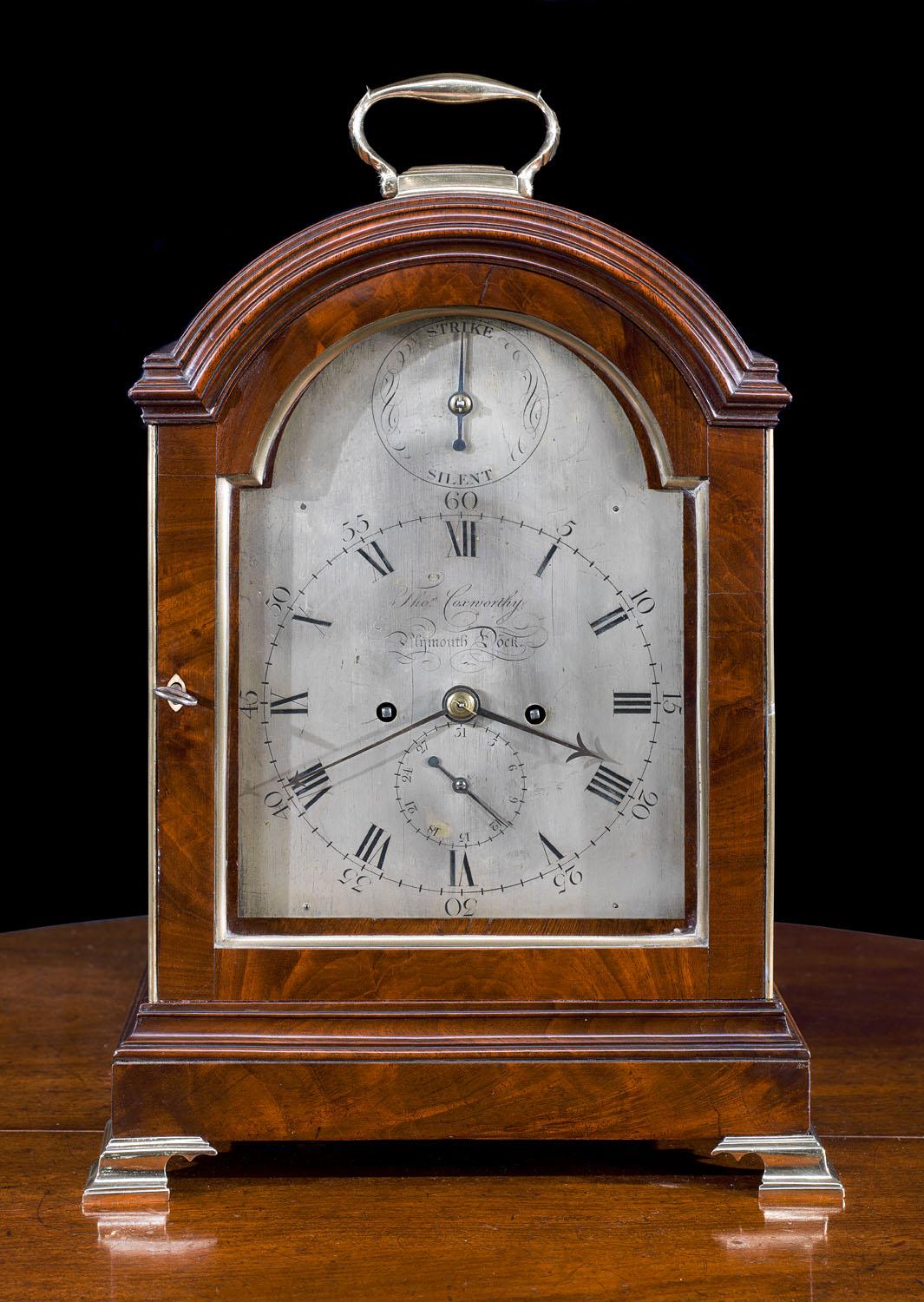
Notable makers whose clocks are particularly sought after include:
- French Makers: Japy Frères, Samuel Marti, Raingo Frères, Le Roy & fils
- English Makers: Thomas Cole, Dent, Baetens of London, Ellicott
- American Makers: Seth Thomas, Ansonia, Eli Terry, Ingraham, Waterbury
- German Makers: Gustav Becker, Junghans, Kienzle, Hamburg American Clock Company
Value Ranges by Prominent Manufacturers
Approximate market values for antique mantel clocks in good working condition
</tbody>
</table>
4. Analyze the Clock Movement
The movement—the internal mechanism that powers the clock—provides crucial information about its age, origin, and quality:
Movement Identification Checklist
Key features to examine when analyzing an antique mantel clock movement
- Identify the winding mechanism (key-wound vs. spring-driven)
- Check for strike/chime functions (count the hammers and gongs)
- Note the escapement type (pendulum, balance wheel, etc.)
- Look for jeweled bearings (higher quality movements)
- Examine plates for material (brass, steel, cast iron)
- Search for stampings, engravings or signatures
Movement types commonly found in antique mantel clocks include:
- Pendulum movements - Typically older and found in wooden-cased mantel clocks
- Balance wheel movements - Common in French and decorative clocks
- Platform escapements - Including the visible escapement “400-day” or anniversary clocks
- Striking movements - Ranging from simple hour strikes to complex Westminster chimes
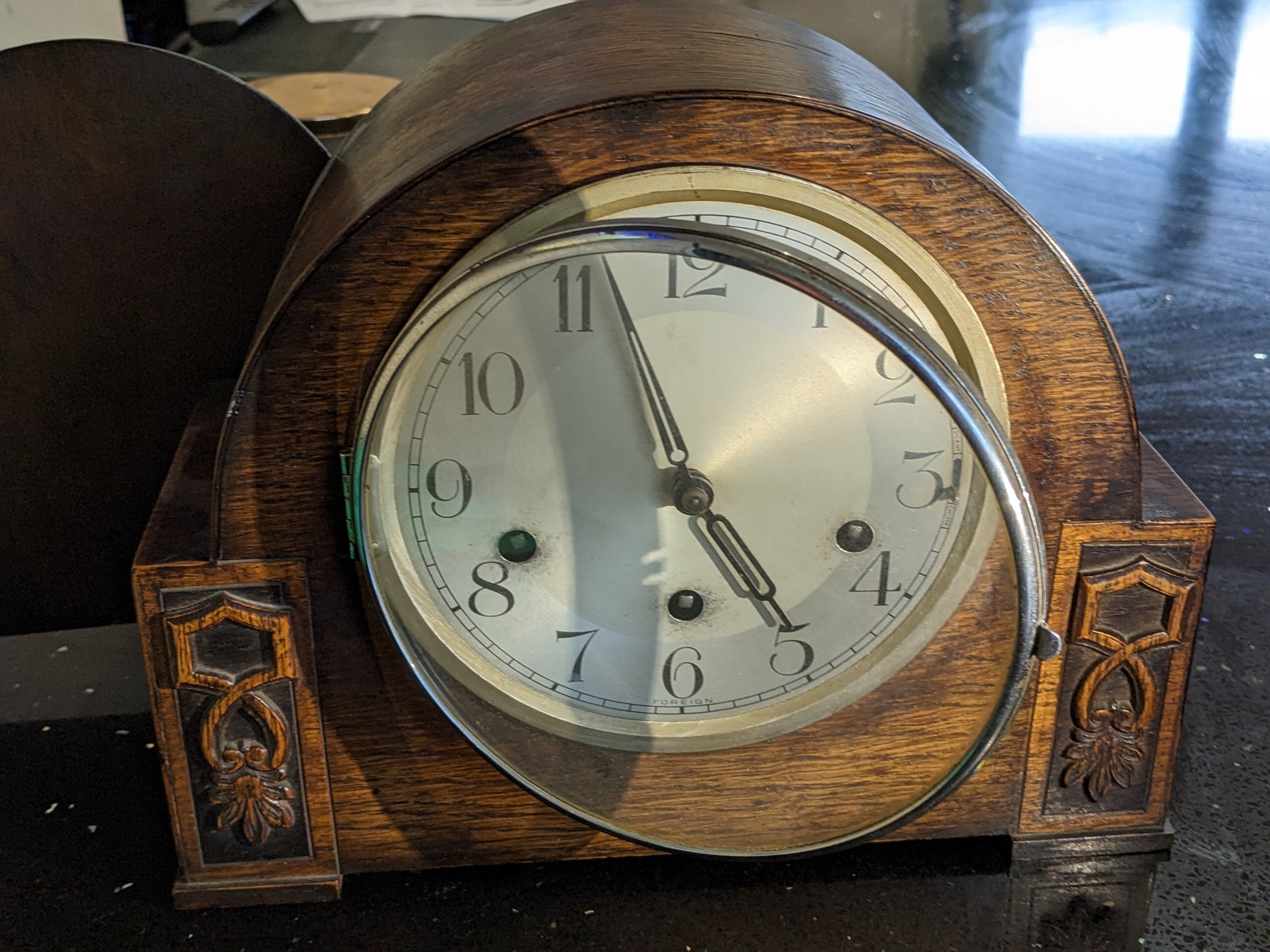
5. Examine the Dial and Face
The dial design, numerals, and hands all provide important clues to a clock’s age and origin:
- Porcelain dials were common in French clocks and later German pieces
- Painted metal dials appeared frequently in American clocks
- Hand styles changed over time, with early pieces featuring hand-forged hands
- Numbering styles evolved, with Roman numerals common in earlier pieces
- Signature placement on the dial follows patterns specific to periods and regions
Identifying Rare and Valuable Specimens
Rarity Factors in Antique Mantel Clocks
Several factors contribute to making an antique mantel clock particularly rare and valuable:
Unusual Mechanisms and Complications
Clocks with special features or mechanical complications typically command higher prices:
- Automata - Moving figures or scenes activated by the clock mechanism
- Musical functions - Beyond standard chimes, some play multiple melodies
- Calendar complications - Displays for date, month, moon phases
- Uncommon striking patterns - Quarter-hour striking or specialized chime sequences
- Specialized escapements - Particularly early or experimental mechanisms
Limited Production Models
Research the production history of your clock model. Certain designs were produced in very limited quantities or for special markets:
- Exhibition models created for World’s Fairs or industrial exhibitions
- Special commissions for wealthy clients or royalty
- Models representing transitions between major design periods
- Early experimental designs from major manufacturers
- Pieces from short-lived companies or partnerships
Historical Significance
Provenance and historical connections significantly impact value:
- Association with historical events or periods
- Documented ownership by notable figures
- Clocks from historic buildings or institutions
- Models that represent technological breakthroughs in timekeeping
- Examples featured in museum collections or reference books

Notable Rare Mantel Clock Auction Results
Recent sales of exceptional antique mantel clocks
| Category | Price | Notes |
|---|---|---|
| Seth Thomas | $200-$2,500 | Higher prices for rare models and perfect original condition |
| French Ormolu Clocks | $1,000-$15,000+ | Exceptional examples by renowned makers can fetch significantly more |
| Gustav Becker | $500-$3,000 | Clocks with original pendulums and perfect cases command premiums |
| Ansonia | $200-$2,000 | Figural models and rare designs bring higher prices |
| Waterbury | $150-$1,500 | Rare models and perfect original finishes increase value |
</tbody>
</table>
Authenticating Antique Mantel Clocks
Spotting Reproductions and Fakes
The market for antique mantel clocks includes many reproductions, recased movements, and outright fakes. Here’s how to spot them:
Age-Appropriate Wear Patterns
Genuine antique clocks display certain types of wear:
- Patina - Natural aging of wood, brass, and other materials
- Wear marks around winding holes and key areas
- Consistent aging across all components
- Movement wear appropriate to the clock’s purported age
Material and Production Techniques
Examine construction methods and materials:
- Machine marks - Modern tools leave different marks than period techniques
- Fasteners - Screws, nails, and other hardware evolved over time
- Wood aging - New wood artificially distressed often looks unconvincing
- Quality standards - Period-appropriate craftsmanship for the purported era
Movement Authenticity
The clock’s movement rarely lies about its age:
- Movement-to-case compatibility - Does the movement match the case period?
- Serial numbers - Do they align with the manufacturer’s known sequences?
- Parts consistency - Mixed modern and antique parts signal restoration or fakery
- Manufacturing techniques - Hand-filing marks vs. machine precision

Assessing Condition and Value
Condition Evaluation Factors
When assessing an antique mantel clock’s condition and potential value, consider these key factors:
Mechanical Condition
The working condition of the movement is paramount:
- Running condition - Does the clock run reliably and keep accurate time?
- Strike function - Do all striking and chiming mechanisms work properly?
- Original parts - Are all components original, or have parts been replaced?
- Restoration quality - If restored, was the work done by a skilled professional?
Case Condition
The clock case often determines first impressions and overall appeal:
- Finish integrity - Original finishes command premiums over refinished pieces
- Structural soundness - Check for cracks, repairs, and stability
- Decorative elements - Are inlays, veneers, ormolu mounts, and other decorative features intact?
- Glass condition - Original glass in good condition adds value
Completeness
All original components should be present:
- Original hands - Period-appropriate for the clock
- Pendulum - Original pendulum with correct length and style
- Keys - Original winding keys matching the movement
- Finials and decorative elements - All ornamental pieces present and intact
Value Assessment Checklist
Factors that impact the value of an antique mantel clock
- Original movement in working condition
- Original case with minimal restoration
- Complete with pendulum, keys, and all decorative elements
- Documented provenance or history
- Rare model or by a prestigious maker
- Original finish in good condition
- Free from inappropriate repairs or modifications
- Unusual features or complications
Consulting the Experts
Professional Assessment Resources
When self-assessment reaches its limits, these professional resources can help:
Specialized Horological Experts
Professional clock appraisers and horologists can provide authoritative identification:
- NAWCC members - The National Association of Watch and Clock Collectors includes many experts
- Auction house specialists - Major auction houses employ horological specialists
- Museum curators - Curators at clock museums offer considerable expertise
- Certified appraisers - Look for appraisers with specific clock specialization
Research Tools and References
Expand your knowledge with these essential reference materials:
- Maker catalogs - Original catalogs show authentic models and their features
- Price guides - Updated regularly with current market values
- Horological journals - Contain detailed articles on specific makers and models
- Museum collections - Online and in-person collections provide authenticated references

Valuable External Resources
Trusted reference materials and organizations for antique clock identification
National Association of Watch and Clock Collectors
The NAWCC offers extensive resources, publications, and a community of experts dedicated to horological collecting and research.
Premier Clocks: Authentic Antique Mantel Clock Guide
Comprehensive guide to identifying authentic antique mantel clocks including maker's marks and design characteristics.
Hemswell Antiques: Antique Mantel Clocks Dealer's Guide
Professional dealer insights on identifying and valuing antique mantel clocks with a focus on British and European examples.
Clockworks Horloges: Comprehensive Old Clock Identification
Detailed step-by-step process for identifying antique clocks, including documentation and research techniques.
Ken Ross Jewellers: History of Mantel Clocks
Historical overview of mantel clock development with authentication guidelines for collectors.
Collectors Weekly: Vintage Mantel Clocks
Extensive database of mantel clock examples with collector stories and identification assistance.
Care and Maintenance of Antique Mantel Clocks
Preservation Best Practices
Protect your investment with these essential care guidelines:
Regular Maintenance
Mechanical clocks require periodic attention:
- Professional servicing every 3-5 years to clean and oil movements
- Winding schedule - Regular winding at the same time each week
- Movement inspection - Annual checks for wear and potential problems
- Regulation - Proper adjustment for accurate timekeeping
Environmental Considerations
The environment significantly impacts clock preservation:
- Temperature stability - Avoid locations with temperature fluctuations
- Humidity control - Maintain 40-60% relative humidity
- Sunlight exposure - Prevent direct sunlight which can fade finishes
- Vibration protection - Keep clocks away from sources of vibration
Handling and Transportation
When moving antique clocks:
- Secure the pendulum before moving any pendulum-regulated clock
- Remove weights from weight-driven movements
- Transport in upright position to prevent damage to pivots
- Use appropriate padding and specialized clock boxes for longer moves
Common Questions About Antique Mantel Clock Identification
How can you tell how old a mantel clock is?
Determining a mantel clock's age involves examining multiple features:
Maker’s marks or labels can indicate the manufacturer and often include dates or serial numbers that can be researched.
Design characteristics vary by time period - Gothic styles were popular in the 1840s-1850s, while Art Nouveau designs emerged in the 1890s-1910s.
Construction techniques evolved over time - hand-cut dovetails, mortise and tenon joints, and other period-specific woodworking methods can help date a piece.
Movement technology progressed through identifiable stages - pendulum types, escapement designs, and striking mechanisms all evolved in recognizable ways.
Materials used changed with availability and fashion - certain wood types, marble colors, and metal compositions were preferred in different eras.
Remember that a clock must be at least 100 years old to be considered truly antique rather than vintage.
How do I identify the manufacturer of my antique mantel clock?
To identify a mantel clock's manufacturer:
Check the clock face/dial for a signature, often printed or painted near the center or around the 6 o’clock position.
Examine the movement backplate for stamps, engravings, or punched marks identifying the maker.
Look for paper labels inside the case, particularly on the back panel or inside the case back.
Search for trademark symbols which manufacturers often registered and used consistently.
Research any serial numbers found on the movement or case by consulting reference books or online databases specific to clock manufacturers.
If these methods don’t yield results, consider posting clear photographs on specialized clock forums or consulting with a horological expert through a local antique clock shop or the National Association of Watch and Clock Collectors (NAWCC).
What makes an antique mantel clock particularly rare or valuable?
Several factors contribute to making an antique mantel clock rare and valuable:
Maker reputation - Clocks from prestigious manufacturers like Japy Frères, Samuel Marti, or early Seth Thomas models command higher prices.
Limited production - Models produced in small quantities, perhaps for special exhibitions or as experimental designs.
Unusual complications - Clocks with automata, multiple melodies, or complex striking patterns are typically more valuable.
Historical significance - Association with historical events, notable owners, or technological breakthroughs.
Original condition - Unrestored clocks with original finishes, dials, hands, and movements in working order.
Complete documentation - Original purchase receipts, manufacturer documentation, or continuous ownership history.
Distinctive design - Exceptional artistic merit or unusual case designs that stand out from standard production.
The intersection of multiple factors creates the most valuable pieces, with rare French ormolu clocks or American clocks with unusual cases often fetching prices in the thousands or tens of thousands at auction.
How can I tell if my mantel clock is a reproduction or authentic antique?
Distinguishing authentic antique mantel clocks from reproductions requires careful examination:
Examine wear patterns - Authentic antiques show consistent, natural wear appropriate to their age, while reproductions often have artificially distressed surfaces or inconsistent wear.
Check construction methods - Antique clocks typically feature period-appropriate joinery (hand-cut dovetails, mortise and tenon joints) while reproductions often use modern techniques disguised to look old.
Inspect hardware - Original screws, nails, and other hardware evolve in recognizable ways; modern fasteners in "antique" pieces are red flags.
Analyze the movement - Movements are difficult to fake convincingly; check for machine-made parts in supposedly early clocks or inconsistent quality compared to known examples.
Verify material authenticity - Wood aging, marble types, brass patina, and other materials should be consistent with the purported period.
Research the model - Compare your clock to authenticated examples in museum collections, reference books, or original manufacturer catalogs.
When in doubt, consult with a professional appraiser or horologist specializing in antique clocks. Investment in expert opinion often prevents costly mistakes when purchasing valuable pieces.
What is the best way to determine the value of my antique mantel clock?
To determine your antique mantel clock's value accurately:
Identify the maker and model - Establish the manufacturer, approximate age, and specific model using the techniques discussed throughout this article.
Assess condition thoroughly - Evaluate the movement’s working condition, case integrity, completeness of original parts, and restoration history.
Research recent comparable sales - Check auction results from major houses like Sotheby’s, Christie’s, and Bonhams for similar clocks.
Consult price guides - Resources like Kovel’s or Miller’s antique price guides provide baseline values, though they may not capture recent market trends.
Consider regional market variations - Values can vary significantly by location; French clocks often bring higher prices in European markets, for example.
Obtain professional appraisals - For potentially valuable pieces, engage a certified appraiser specializing in horological items who can provide a formal valuation for insurance or sale purposes.
Understand appraisal types - Different values apply for insurance replacement, fair market value, or quick liquidation; ensure you know which applies to your situation.
Remember that the antique clock market fluctuates based on collector trends, economic conditions, and changing tastes, so valuations should be updated periodically.
Conclusion: The Ongoing Journey of Discovery
Identifying rare antique mantel clocks combines art and science, requiring both technical knowledge and aesthetic appreciation. The process involves examining physical characteristics, researching historical context, and developing an eye for quality and authenticity. With each timepiece investigated, collectors gain valuable experience that enhances their ability to recognize truly exceptional examples.
The world of antique mantel clocks offers endless opportunities for discovery. From the elaborate French ormolu masterpieces to the charming American wooden shelf clocks, each represents a specific moment in both technological and decorative arts history. For collectors, the hunt for rare specimens combines historical detective work with the thrill of preserving mechanical marvels from the past.
Whether you’re a seasoned collector or just beginning your exploration of antique timepieces, applying the identification techniques outlined in this guide will help you navigate the complex landscape of antique mantel clocks with greater confidence and appreciation.
The value of these timekeepers extends far beyond monetary considerations. They represent the ingenuity of past craftsmen, the aesthetics of their era, and provide a tangible connection to history that continues to tick away in our modern world—reminding us of the enduring human fascination with measuring time in both functional and beautiful ways.
Get a Professional Appraisal
Unsure about your item’s value? Our certified experts provide fast, written appraisals you can trust.
- Expert report with photos and comps
- Fast turnaround
- Fixed, upfront pricing
No obligation. Secure upload.
| Item | Price | Date | Auction House |
|---|---|---|---|
| French Ormolu and Sèvres Porcelain Mantel Clock, Louis XVI Style | $32,500 | January 2023 | Christie's New York |
| Early Seth Thomas Pillar & Scroll Shelf Clock | $22,800 | March 2023 | Skinner Auctions |
| Rare Gustav Becker Imperial German 400-Day Clock | $8,750 | September 2022 | Sotheby's |
| Antique French Bronze Figural Clock with Automation | $45,000 | November 2022 | Bonhams |
